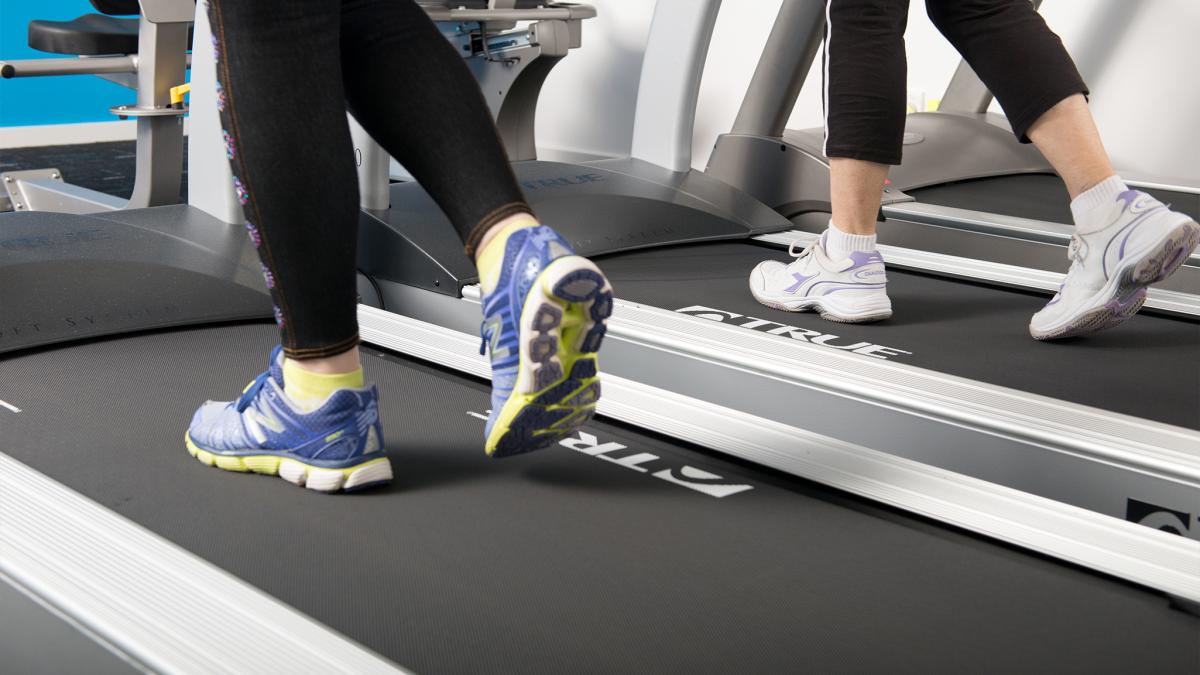What makes a safe shoe for falls prevention?

Properly fitted, supportive footwear is incredibly important in helping to avoid falls.
As we get older, our feet can change. They can change shape, lose sensation and lack flexibility, all of which can affect our balance. Additionally, if they are painful or swollen due to a health condition, it can make it harder to mobilise.
Wearing poor-fitting or inappropriate footwear, no matter how comfortable or convenient, can increase the likelihood of slipping, tripping, or stumbling, leading to a fall. So, choose shoes that are appropriate for your individual needs, provide adequate support and have good traction on various surfaces - creating a stable base for your feet, legs, and body.
The importance of a good fit
Choosing shoes that fit well is an important part of caring for your feet. Here are some things to look for:
- Wide base: A shoe with a nice, wide outsole has good contact with the ground, which increases stability.
- Strong grip: Outer soles should be thin and have a strong, textured rubber sole. This will allow the feet to ‘read’ the underlying surface and prevent slipping. Check them periodically for wear, and be sure to replace them when the tread is worn!
- Sturdy midsole: When soles are too flexible, it’s easy to twist a foot or ankle and fall. Look for a sturdy midsole for the best stability.
- Lightweight: Heavy shoes can be more difficult to walk in, which can cause you to drag or shuffle your feet which is an unsafe practice.
- Closed back: An open heel can make falling out of the shoe too easy. Closed heels also prevent the feet from moving around too much in the shoes, which can cause balance and stability issues.
- Flat or low heel: Keep heels under an inch height to ensure stronger stability.
- Snug fit: Avoid shoes with a loose or floppy design, such as flip-flops or slip-on slippers. Be sure to discard any footwear that has grown stretched or worn out over time.
- A fastener: Slip-on shoes can’t be adjusted, so they should generally be avoided. Lace-ups and velcro are usually your best bet to ensure your foot is fully secured.
Tips and tricks when shopping
When shopping for new shoes, it's important to keep a few things in mind:
- Make sure to walk around the store to check that the shoes fit properly and the heels don't slip.
- Try both shoes on, as one foot may be bigger than the other, and the size can vary between brands and styles.
- Since feet tend to swell during the day, it's best to shop for shoes in the afternoon, wearing your regular socks, stockings, or orthotics.
- Don't be pressured into buying shoes that don't feel right, and if you have foot issues, ask your podiatrist about specialised shoe stores.
If you are looking to assess your foot health, have trouble finding the right shoes to fit your needs or want to learn more about custom orthotics that can provide extra support for your feet, get in touch with one of our lovely Podiatrists today.
Reference list -
- https://preventfalls.ca/older-adults/footwear/#:~:text=Shoes%20with%20high%20heels%20and,you%20at%20risk%20of%20falling.
- https://www.cec.health.nsw.gov.au/__data/assets/pdf_file/0011/258536/Falls-Prevention-Foot-Care-and-Footwear.pdf
- https://preventfalls.ca/wp-content/uploads/2015/10/Footwear4-ENG.pdf
- https://www.caringseniorservice.com/blog/selecting-the-proper-footwear-for-seniors
Share this article

